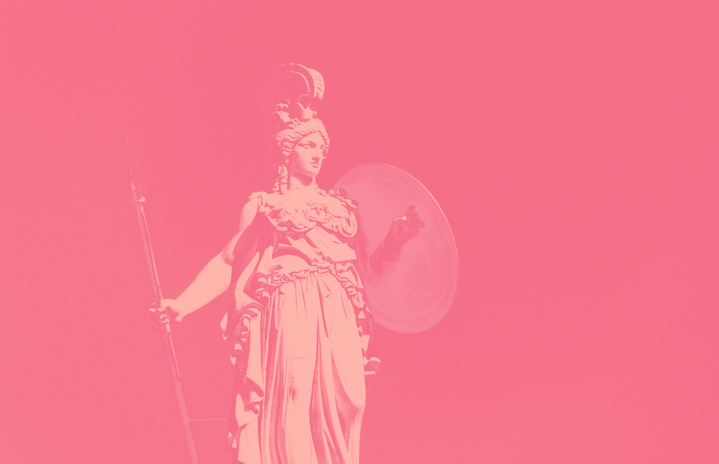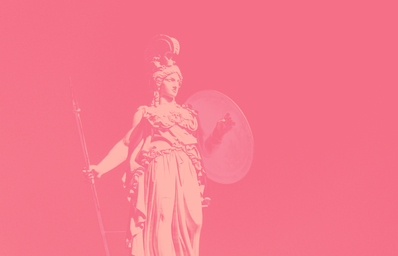One of the things that I found most intriguing in my Pre-Columbian art history class is how ancient societies viewed women. We learned about different representations of women, and how they changed over time. Contact with other cultures also influenced these perceptions, and it was fascinating to see this as well as compare these views to modern day depictions of women. While it is true that many Pre-Columbian cultures represented men more through art and held them in a higher respect than women, they had pieces that challenged gender norms as well art that paid tribute to fearsome and well respected goddesses.
To the Aztecs, there was the goddess Coatlicue. We know today how important she was because of an eight foot tall statue that was found. To an extent, it was rare for women or female figures to be rendered – especially in the form of a statue as massive as the Colossal Coatlicue. Importance of a figure was often represented in the size, amount of detail, and location of a piece. The goddess was sculpted from basalt with extreme attention to detail. Not only this, but she was also displayed in a sacred spot that was connected to ritual activity. Coatlicue was a symbol of birth and creation, a daunting representation of femininity. Artworks throughout history have had a tendency to depict women as ethereal beauties, while the Colossal Coatlicue was constructed in a way that leans forward in a menacing manner. Not only that but she has severed limbs replaced by snakes, which were often used to depict blood.
There are plenty of negative representations of women from this time as well. In some pieces, women are represented with a vagina dentata, or a fanged vagina. This depiction was meant to convey the idea that women and their sexuality is dangerous, demonizing women as a whole. Similar themes showed up in the Middle Ages, where many Christians vilified all women due to the story of Adam and Eve. This same theme sparked the story of Medusa from Greek mythology, the vicious gorgon that was out to kill men. However, these perceptions of early symbols of women have changed. Women have reclaimed these vilifying portrayals as powerful symbols in the name of feminism. Medusa is one of the best examples of this change; tattoos of her are becoming extremely popular among women as they have come to represent women’s empowerment.
From Maya culture c. 725 CE, we see a challenge of typical gender norms in the Yaxchilan Lintels, specifically 24-26. These limestone sculpture reliefs depict the queen, Lady Xook, performing sacred rituals which would usually be done by a king. In some of these pieces her husband, the king, is depicted next to her as she fulfills ritual requirements. While many artworks from this period put an emphasis on the strength and power of men, this piece highlights the strength of Lady Xook. She is performing a painful bloodletting ritual crucial to their religious beliefs. This artwork was displayed in a public area as well, once again reaffirming its importance.
I particularly enjoyed learning about these powerful women or female figures for the same reason that many people today reclaim the negative portrayals of women. It can be empowering to learn about a queen like Lady Xook that challenged the norms and views their societies had of women. If it was possible for a woman in 725 CE, it gives me hope that women today can be just as strong and continue to prove our own worth, equal to our male counterparts. And finally, one of the most important things I learned, no matter how negatively women are portrayed it will not matter. Over and over women have reclaimed these symbols and completely changed their meaning in the name of empowerment.


